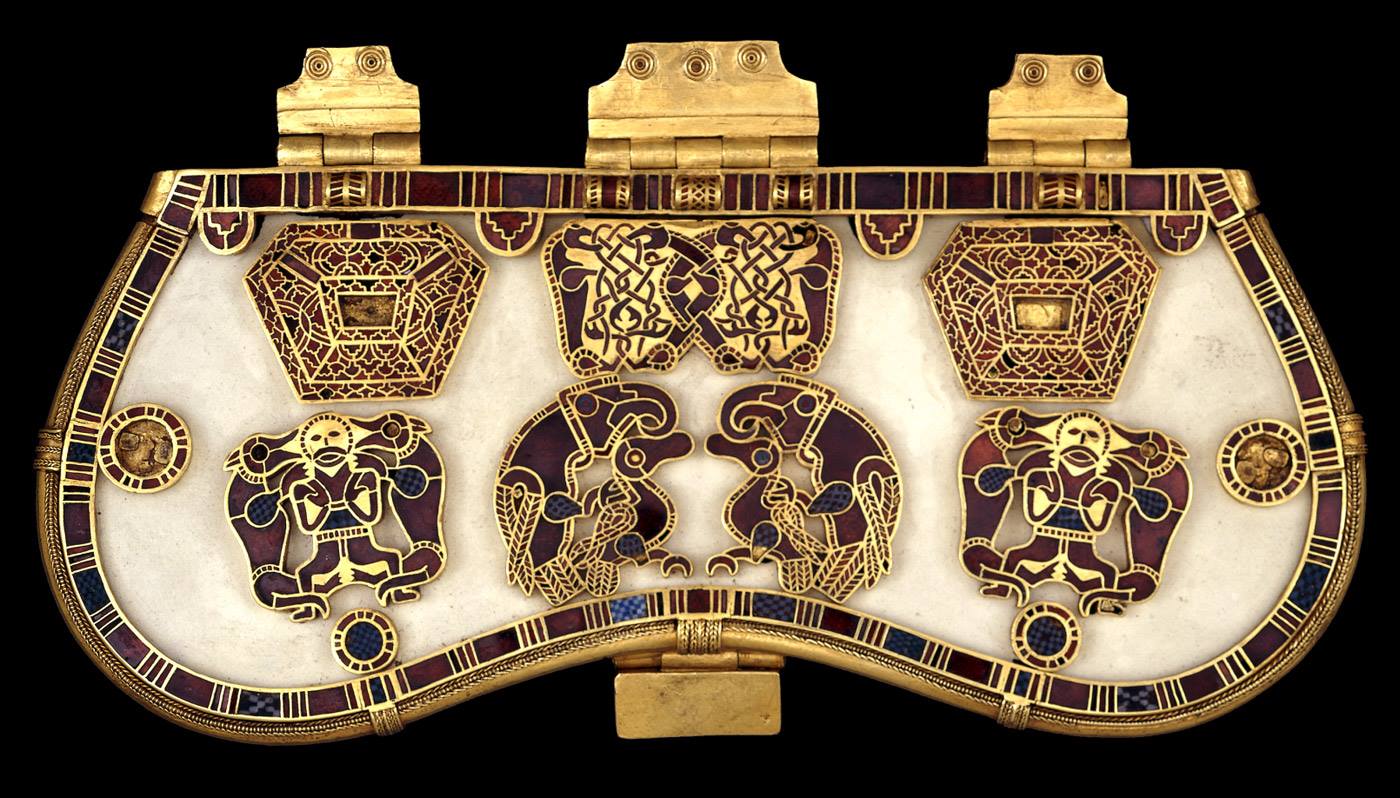English: Duane W. Roller (2010, p. 134) provides a description of this papyrus document from late Ptolemaic Egypt, dated to the reign of Cleopatra VII:
In February 33 B.C. she approved an order granting certain tax exemptions to Publius Canidius Crassus, who had been with Antonius for a decade and would be senior commander of the land forces at Actium. The relevant document is a papyrus recovered from mummy wrappings and first published in the year 2000. Canidius was allowed to import 10,000 artabas of wheat and 5,000 amphoras of wine tax free, and the lands that he owned in Egypt were also exempt. What has excited interest is the subscript in a different hand: γινέσθωι (“make it happen”). There is little doubt that this is the writing of the queen herself, as there was a tradition in Ptolemaic Egypt of countersigning by the monarch, in part to avoid forgery of official documents. This autograph of Cleopatra VII certainly is one of the more exciting discoveries of recent years: the only other known royal autographs from antiquity are of Ptolemy X and Theodosios II, both somewhat less interesting than the queen. The document also indicates the dichotomy that still existed at the very end of the Ptolemaic era between the rulers (and their Roman allies) and the ruled, where the former continued to obtain special privileges.
Edit: added below
Kleopatra The Great
How accurate is the Roman writers’ portrayal of Kleopatra as an immoral, tragic queen of Egypt? In a fascinating penultimate lecture of the season, acclaimed Egyptologist Professor Joann Fletcher took us back in time to the Ptolemaic dynasty and explored the captivating history from Alexander the Great to the last ruler of Egypt: Kleopatra the Great.[1]


